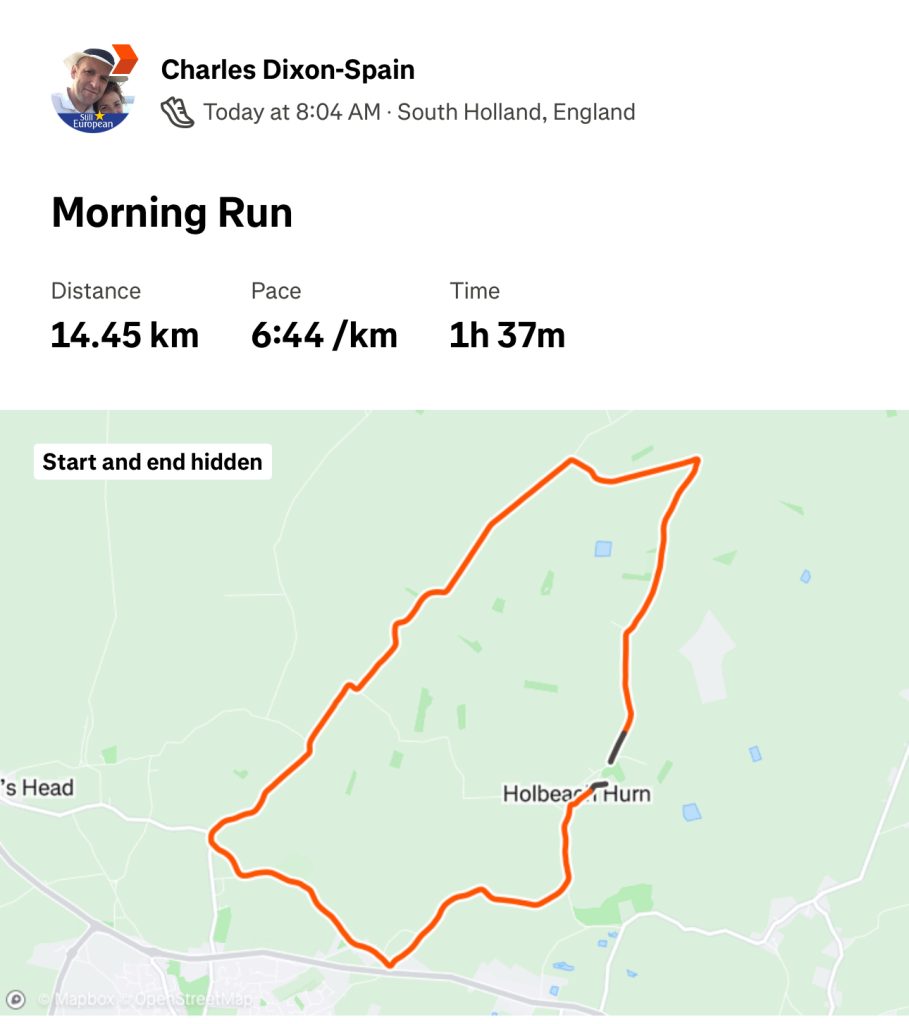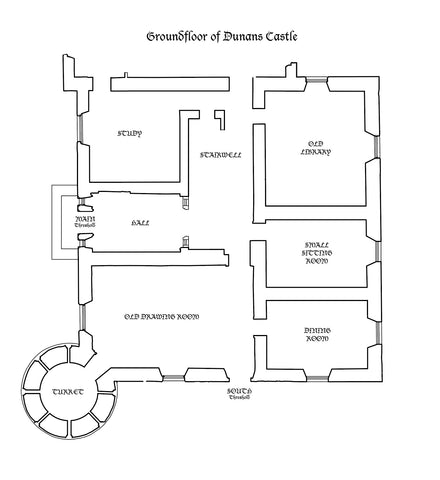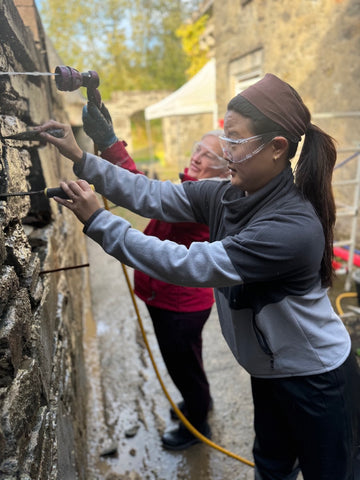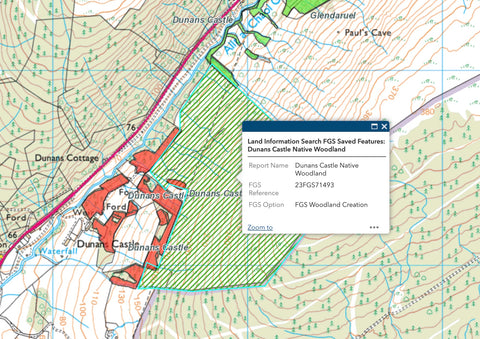… then I might as well get writing in a form in a place where readers read. Therefore, I shall be putting daily (metaphorical) pen to paper at my substack, here.
Category: And The Next Thing is …

At the end of April Charles presented this talk to the wonderful folk at the Forbes House Museum in the US. Over the course of an hour, Charles tells the tale of Dunans and outlines the next steps in the restoration.

The sort of run which fools you into thinking that a marathon is on, that you are ten years younger than you actually are, and that everyone who passes you must be impressed with your running form. As if. This was all possibly the result of listening to Ren as I ran my run – possibly the most extravagantly awesome acoustic guitar track I have ever heard. Bravo!
I’ll post the RCR video in the next couple of days here.
A local group has been walking from the Glendruel Hall this year, and here is the screen capture from a map I have been drafting – derived from the main community map used in signage and on newsletters, plus the various strava, garmin and OS records the walkers have taken each week.

Compilation of all the best tips from a years’-worth of running – over 44 of them!
Over 170 runs (and rising) are recorded at https://instagram.com/runchazzrun.
After a couple of months submerged in the aftermath of Storm Eowyn I have finally emerged to record the following video filled to the brim with news from your very favourite restoration project – and not a few daffodils … or narcissi … or jonquils… – which only serve to remind us that though great trees may fall, the perennials will always bloom to cheer us…
Well, the last fortnight has been …. interesting. And distressing. And exhausting. And unexpected. It all started with Storm Éowyn barrelling in from the west across the Atlantic and hitting us in the morning of 24th January. At about 12.20 the first major tree came down – across the drive. This is the second of the five planted by the Fletchers in c1850 to come down. The idea was that this group of standard exotics, three West Coast Cedars, a Monkey Puzzle (or Chilean Pine) and a Noble Fir would provide a suitable half-avenue to grace the approach to the castle, massing some 100 yards from the last one. With the Monkey Puzzle felled in the mid-noughties, and this loss, we will have to consider how we will fill the gap appropriately.
Ten minutes later a second tall pine, standing beside the site office – my office – fell. And it fell athwart the corner of the building, catching on the roof and pivoting over to lie on its side some two metres off the ground, with root plate suspended on one end, and tip hovering over the Dunans tractor. The door was knocked from its hinges, and the corner depressed be over a foot immediately. Luckily, because the structure is entirely of wood, including found and roof, everything flexed.
At about 1pm, three huge Scots Pines lining the southernmost burn succumbed in an almighty explosion of fractured wood. These healthy trees fell into our paddock, like three or four others over the years. Such a loss!
We also lost a Pussy Willow standing at the gable of the house – luckily it fell away from the building – several Goat Willows down by the board walk, and a lovely old Birch near the picnic platform.
All in three hours.
We watched in frozen horror.
And all of this was not without cost to our infrastructure – at about 1pm, a particularly vicious gust knocked out our electricity supply. Unfortunately our power line crosses Alt A’ Chaol Ghleann some 100 metres north of the castle at a height of upwards of 30 metres in places. This was the line that was knocked out. Not in one place, but at both ends. This meant the poor SSEN workers could not simply re-attach the broken end. No, they had to replace the 150 metre cable in its entirety. Power was eventually restored on Tuesday evening. We were the last in the glen.
By the Saturday everything was calm enough to contemplate clearing some of the damage. With the help of our neighbour, Jim, and his pal Stuart (who I’d played shinty with back in the day), we cleared a path for cars through the destruction. Nearly two weeks later, we are still working and I am not sure we will be cleared before the end of April.
Here are some videos – two taken on the day, a third the next day, and the final one a walk over the grounds to show both progress and the full extent of the damage.
But let this not depress you. On the Wednesday after the Friday, we received our contract from Land and Forest Scotland for the Woodland Creation. We. Are. Go! Which means that we will have the woodland planted by the end of this year, along with soil association verification for our carbon offset scheme. At that point we will raise the funds to effect the first stage of the restoration – FINALLY!

We are delighted to announce we have added the Entrance Hallway to the areas now available in our deluxe title package for Lord or Lady of Dunans Castle…

We hope everyone enjoys the prospect of owning a square foot of the groundfloor of the castle. To gift this title to yourself, or a loved one, please click here.

In the third week of September Dunans hosted volunteers from Adventures in Preservation who worked tirelessly to finish the repointing of the curtain wall – a project which we have been working on since 2022 with our jammers!

|
 |
 |
 |
if you would like to get involved with our sessions in 2025 please visit the Adventures in Preservation website here.

Finally – finally – the woodland creation scheme has been loaded onto the Scottish Forestry’s Public Register. Saving any major objections, this means that our woodland has passed all the regulatory approvals and is now considered ready to get planted! Confirmation that the consultation has been successful will be given in mid-August, and we will then be able to fence and plant!
This is such a relief as it means that once planted we can apply for and receive verification for our carbon offset project, and this in turn generates the revenue to start significant works on the castle. The timetable for all of this remains somewhat unclear and I will update you here. Suffice to say, I hope we can go to the commercial markets for sale of our carbon offsets in the second quarter of 2025, with works beginning on the castle a little afterwards!
Below are screen captures of our entry on the public register, the case details, and the close-up mapping information which mirrors the wider view in the email header.

